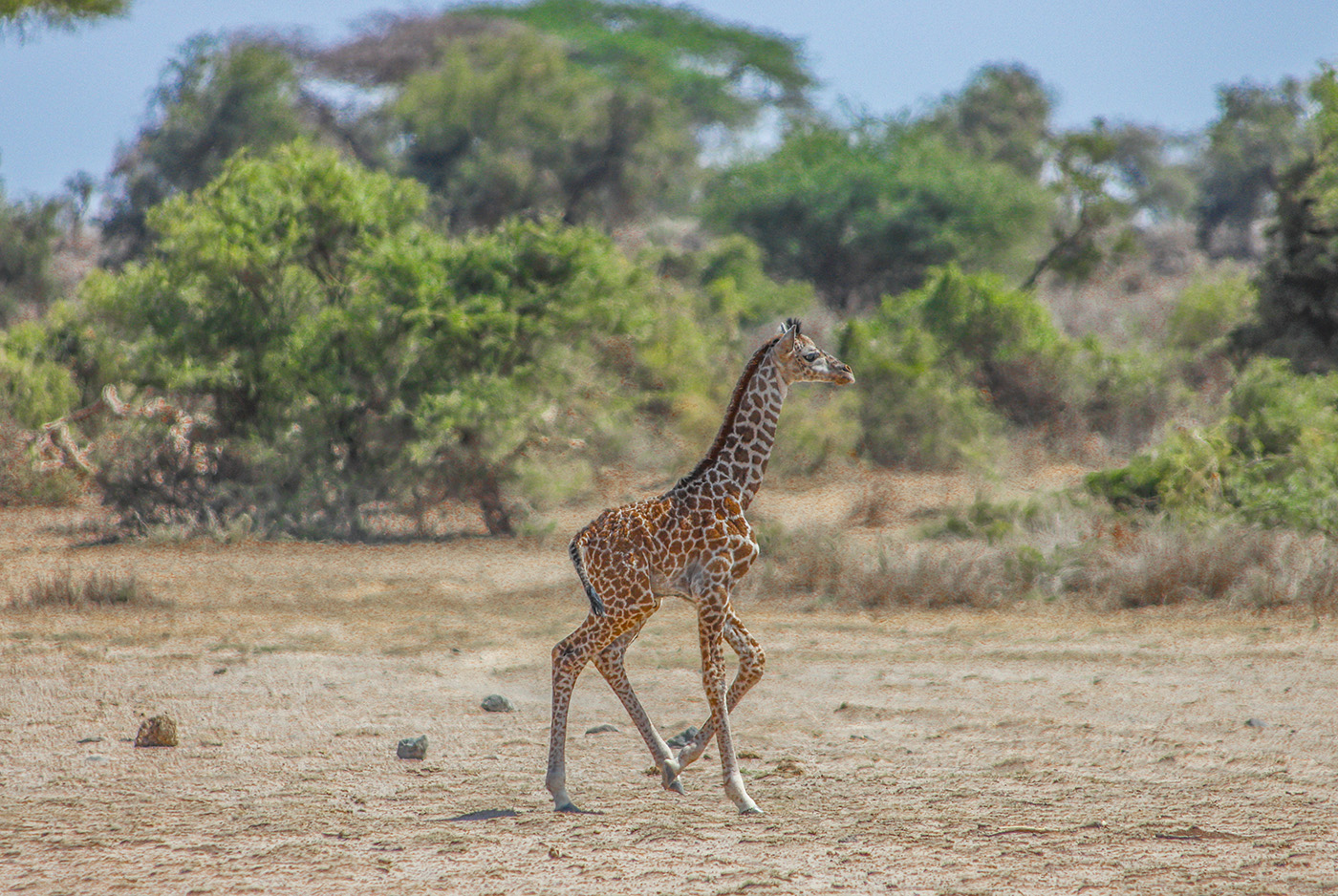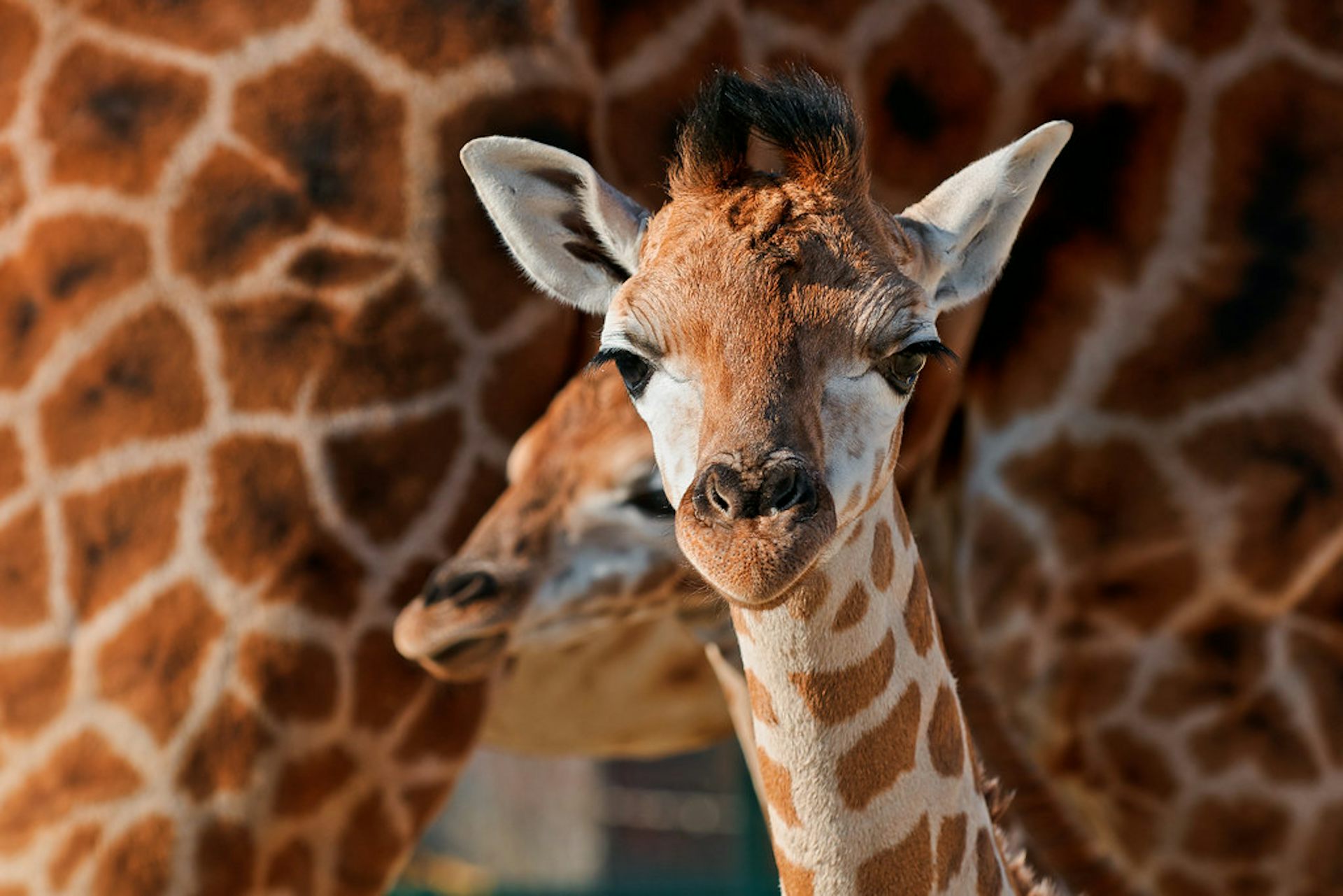Giraffes, the majestic and graceful creatures that personify the African savannah, are on the verge of extinction. Their numbers are rapidly declining due to poaching, habitat destruction and agricultural expansion. The International Union for Conservation of Nature (IUCN) recently listed giraffes as a critically endangered species, highlighting the urgency of the problem and the need for urgent action to protect and conserve them.
Why giraffes are endangered: the main reasons and ways to save them
Giraffes, one of the most recognizable and majestic animals on the planet, are on the brink of extinction. In the past 30 years, their population has declined by nearly 40%. The main reasons for this dramatic decline are poaching, regional conflicts and agricultural expansion.
Poaching continues to be one of the biggest threats to giraffes. They are killed for their meat, skin and tails, regarded as status symbols in certain cultures.
These illegal hunts cause irreparable damage to populations, especially in regions where wildlife protection is weak or non-existent. Regional conflicts also contribute significantly to the decline in giraffe populations.
Warfare and political instability are destroying giraffe habitat and hampering the work of conservation organizations. In such conditions, the protection of animals becomes a secondary task, which aggravates their situation.

Agricultural expansion of agricultural lands is another major threat to giraffes. As the human population increases, so does the need for new land for agriculture. This leads to deforestation and degradation of savannas, which are the natural habitats of giraffes. As a result, animals lose access to food resources and are forced to migrate to less favorable areas, where they become vulnerable to poachers and predators.
Coordinated efforts at the international level are needed to prevent giraffes from becoming extinct entirely. An important step is to strengthen wildlife protection and combat poaching. Establishing and maintaining nature reserves and national parks will help preserve the natural habitats of giraffes and ensure their protection. Equally important is to attract public attention to the problem. Educational campaigns and environmental programs can raise people’s awareness of the importance of conserving giraffes and other endangered species.
In conclusion, giraffes face multiple threats that require immediate action. Only through the joint efforts of governments, conservation organizations and the public can the future of these amazing creatures be secured and preserved for future generations.
Giraffes: unique giants of the African savannas and their role in the ecosystem
Giraffes (Giraffa camelopardalis) are one of the most unique animals on our planet. These majestic creatures live in African savannas and wooded areas, where they graze peacefully among acacias and other tall trees.
Unique anatomy. One of the most remarkable features of the giraffe is its long neck, which can extend up to 2 meters in length.. Despite its length, the giraffe possesses only seven cervical vertebrae – the same number as most mammals, including humans. Each vertebra is greatly elongated, which gives the neck such height. The giraffe’s long neck enables it to reach leaves and buds from treetops that are out of reach for other herbivores. Giraffes are also known for their long legs, each of which can reach more than 1.8 meters in length. This allows them to reach speeds of up to 60 km/h over short distances and up to 50 km/h over longer distances. In addition, long legs help giraffes protect themselves from predators. One powerful blow with a hoof can kill a lion.
Spotted color
The giraffe’s fur is decorated with unique spots, and each animal has its own unique pattern. Spotted coloring helps giraffes camouflage among trees and bushes, especially in conditions of play of light and shadow. Each subspecies of giraffe has its own pattern and color of spots, which helps scientists distinguish between them.

Nutrition
Giraffes are herbivores and prefer acacia leaves, which are rich in nutrients and moisture. Giraffes can go without water for several days, obtaining the necessary moisture from food. When they do drink water, they have to spread their legs wide and bend over, making them vulnerable to predators.
Social behavior
Giraffes lead a predominantly solitary lifestyle or form small, non-permanent groups. Within such groups there is a hierarchy determined by size and strength. Males often engage in exhibition fights in which they hit each other with their necks. These “fights” are called “necking” and usually do not result in serious injury.
Role in the ecosystem
Giraffes play an important role in the African savanna ecosystem. They promote seed dispersal by eating the fruits and spitting them out along with the waste. Giraffes also help maintain the shape of trees by trimming their tops and stimulating the growth of new shoots.
Giraffes are not only a symbol of the African savannas, but also important participants in the balance of nature. Protecting these animals must be a priority for the international community. Environmentalists around the world are actively working to create and support wildlife sanctuaries and national parks where giraffes can live safely. They also run educational campaigns aimed at increasing public awareness about the importance of preserving these majestic animals. Additionally, efforts to combat poaching and rehabilitate degraded ecosystems are contributing to securing a sustainable future for giraffes.

